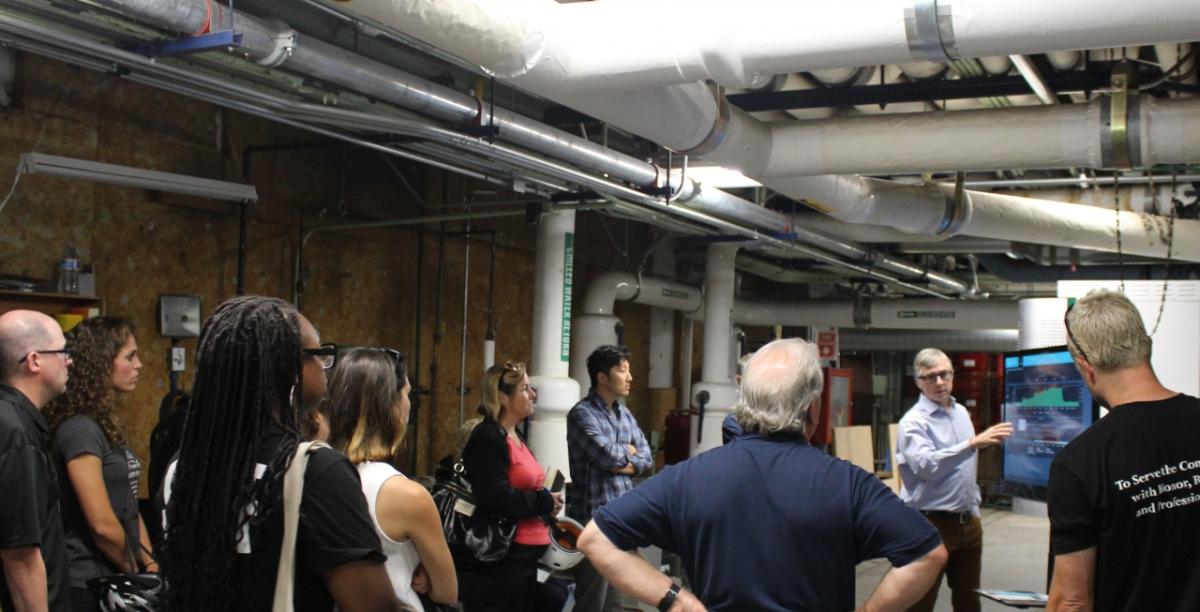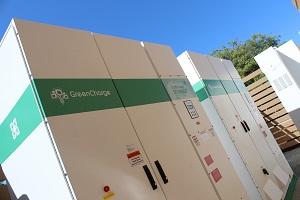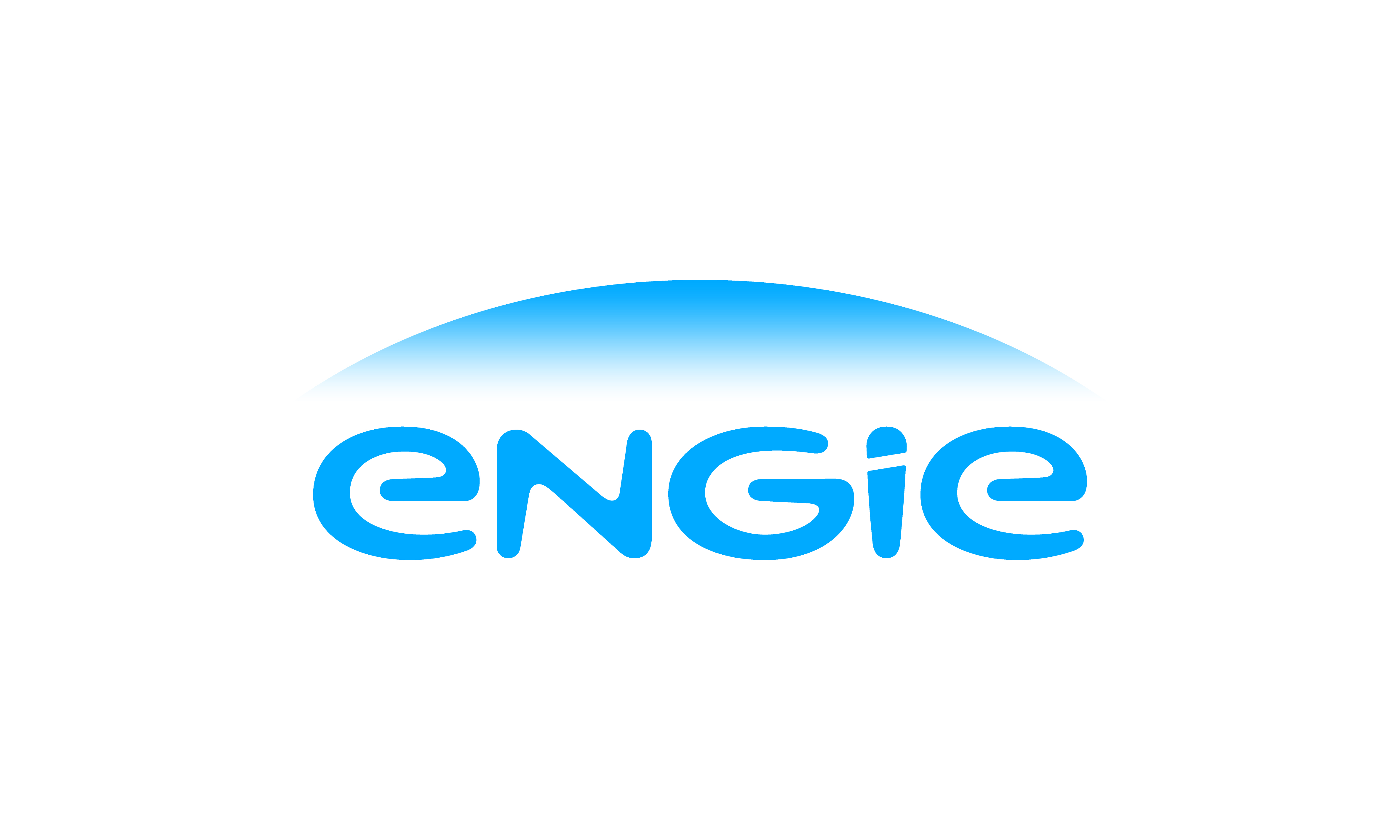Energy Storage: Taking Care of Customers Throughout the Energy Project Lifespan
Q&A with ENGIE Storage Client Relationship Director
Taking Care of Customers Throughout the Energy Project Lifespan
A conversation with Michael Laine, Client Relationship Director
At ENGIE Storage, we’re committed to our customers’ success, and have people and processes in place to ensure they are taken care of throughout the life of their energy project. One of the key features of an energy storage engagement is the 10-year contract term, which is quite a long time in our fast-changing industry. We sat down with Michael Laine, Client Relationship Director at ENGIE Storage, to explore the questions that commercial and industrial (C&I) facility energy managers might have.
Q: WHAT CONCERNS DO ENERGY MANAGERS HAVE ABOUT 10-YEAR COMMITMENTS AS THE ENERGY MARKET AND RELATED TECHNOLOGIES CONTINUE TO EVOLVE?A: I think first and foremost they want a partner that lives and breathes energy—not a company that dabbles in it—and one that is going to be stable while offering incremental improvements. Sure, technology changes, and those changes can be difficult to predict over 10 years. But because our product is software-driven, we can continually offer new features and improved functionality. We’re constantly working to improve the algorithms that govern the operation of our GridSynergy® energy storage systems. Many of these algorithms use utility and production data to predict usage patterns, and the more data we gather from all our customers over time, the better these predictive models will work.
Q: WHAT SHOULD ENERGY MANAGERS EXPECT FROM A RELATIONSHIP WITH ENGIE STORAGE?A: They should expect a no-hassle, full service experience from a provider that is 100 percent focused on energy storage. They should expect the best customer service, from the installation process through customer onboarding and training to supporting ongoing operations. From a technology standpoint, our GridSynergy system is extremely versatile. For our business and government customers, we can configure the system for peak shaving, which attacks the demand cost of the utility bill or charges. In addition to peak shaving, we can engage in demand response (DR), energy arbitrage, and frequency regulation, providing additional savings and revenues to our customers. We have a dedicated team in our network operations center that monitors the energy storage systems, which gives our customers peace of mind. We also work regularly with our C&I customers to explore how we can further optimize the performance of their systems and help them reduce their energy costs.
Q: WHAT IS YOUR ROLE IN MEETING THESE EXPECTATIONS?A: I’m introduced to the customer at the beginning of the installation process, and I work closely with them as they move into the operations phase. At that point, we provide additional training about our web portal, what to expect as far as invoicing, and how we handle troubleshooting and support. I also serve as a single point of contact if the customer has any problems or questions with the system, providing a personal touch to make sure any issues are promptly resolved. When we offer new options and programs, I work to proactively notify eligible customers and make sure they’re signed up and positioned to take advantage of the benefits.
Q: CAN YOU TELL US ABOUT A CUSTOMER EXPERIENCE THAT STANDS OUT?A: Many of our customers have complex energy efficiency, management, and generation processes and equipment already in place when we install the battery system—or they install this equipment and adopt these processes after the battery system has been installed. That means our own systems and processes must be capable of adapting to the evolving needs of our customers. While most customers have a “set and forget” experience—there’s a lot that goes on behind the scenes, every day, to make sure that our battery systems are responsive to changes in energy consumption and generation—so adding solar, wind, fuel cells or the like can present significant additional challenges.
One notable recent experience involved a customer with highly variable usage patterns and who also has wind and solar generating assets operating alongside a GridSynergy battery system. Wind power is, of course, intermittent, plus the number of turbines at this particular site also means that there is a decent chance that at least one of the turbines could be down due to a mechanical failure at any point in time. Adding a battery system to this complex mix of intermittent generation assets requires flexibility from our operations and engineering teams. This particular customer also happens to be an extremely sophisticated energy consumer and adopts a very hands-on approach to energy management. We were able to work closely with them to create a matrix of demand threshold levels that governs the timing and duration of battery discharges based on (1) the number of wind turbines that might be active at any point in time and (2) their contemporaneous energy demand.
Q: WHAT CAN ENERGY MANAGERS LOOK FORWARD TO NEXT FROM ENGIE STORAGE?A: We’re devoting more resources to evaluating DR programs so we can present our customers with the best opportunities to generate additional revenue with their system. Our team can then help customers apply for or enroll in such programs. With GridSynergy, the prospect of automatically managing multiple DR programs makes our customers well-positioned for future revenue opportunities.
Finally, we’re also improving our customer-facing web portal to give customers more detail and a more user-friendly interface with which to measure performance and ROI.




